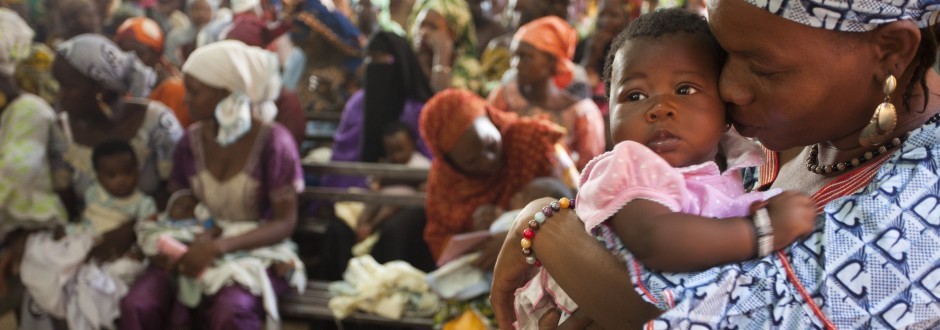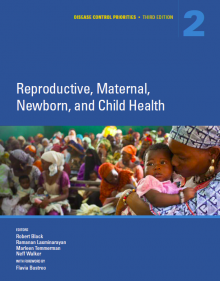
Dominic Chavez/World Bank
Key Messages

-
There have been large reductions in the annual number of maternal and child deaths in the last 25 years, yet for many countries the rate of reduction has been too slow to achieve Millennium Development Goals 4 and 5 by 2015.
-
Progress could be accelerated by scaling up integrated packages of essential RMNCH interventions across the continuum of care. These interventions are highly cost-effective and result in benefits 8·7 times greater than the costs.
-
The continuum of care approach recognises the links from mother to child and the need for health services across the stages of life. Interventions have been grouped into three packages—Reproductive Health, Maternal and Newborn Health, and Child Health—to examine their potential effect on deaths and costs.
-
Scaling up all interventions in the packages of Maternal and Newborn Health, plus folic acid before pregnancy, and of Child Health from 2015 rates to 90% coverage would avert 149,000 maternal deaths, 849,000 stillbirths, 1 498 000 neonatal deaths, and 1,515,000 child deaths.
-
The Reproductive Health package is particularly important for providing contraceptive services; addressing 90% of the 2015 unmet need could hypothetically reduce annual births by an estimated 28 million and could consequently prevent 67 000 maternal deaths, 440 000 neonatal deaths, 473 000 child deaths, and 564 000 stillbirths from avoided pregnancies.
-
Individual interventions that have the highest effect on deaths are provision of contraception; management of labour and delivery; care of preterm births; treatment of severe infectious diseases including pneumonia, diarrhoea, malaria, and neonatal sepsis; and management of severe acute malnutrition.
-
The three packages of RMNCH interventions have an annual incremental cost of US$6·2 billion in low-income countries, $12·4 billion in lower-middle-income countries, and $8·0 billion in upper-middle-income countries. The mean per-capita cost of these three packages was $6·7 in low-income, $4·7 in lower middle-income, and $3·9 in upper-middle-income countries in 2015.

